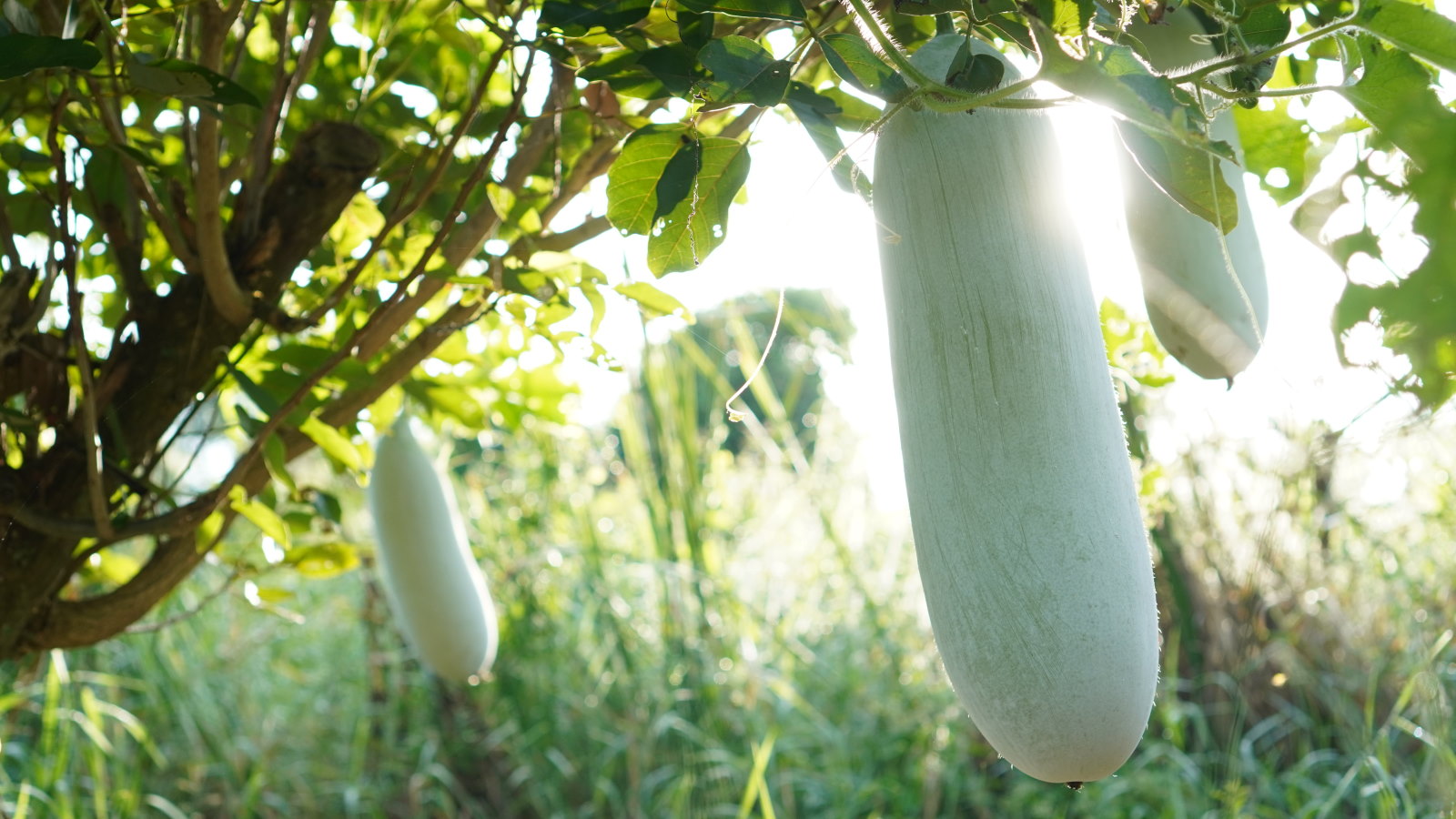
Winter melons, also known as winter gourds, wax gourds, ash gourds, white gourds, or the Chinese watermelon, are mild fruits used extensively in Southeast Asian cuisine. They may go by many names, but get their usual moniker of winter melons due to their long storage life. Harvested in fall, winter melons can last for months and be eaten throughout winter.
Winter melons are ideal vegetables to plant in warm US hardiness zones. The crop is native to Asia and has been cultivated for centuries, but it is becoming increasingly popular with growers in southern US states. The sprawling sun-loving plants produce large green fruits, weighing up to 40 pounds each and with a distinctive white, hard waxy rind.
To learn more about how to grow winter melons, I spoke to Olivia Choong, a gardener who creates content about gardening and sustainable living on her blog, Instagram and YouTube channel The Tender Gardener. She gardens in the tropics and has successfully grown winter melons, including harvesting over 50 fruits from one plant.
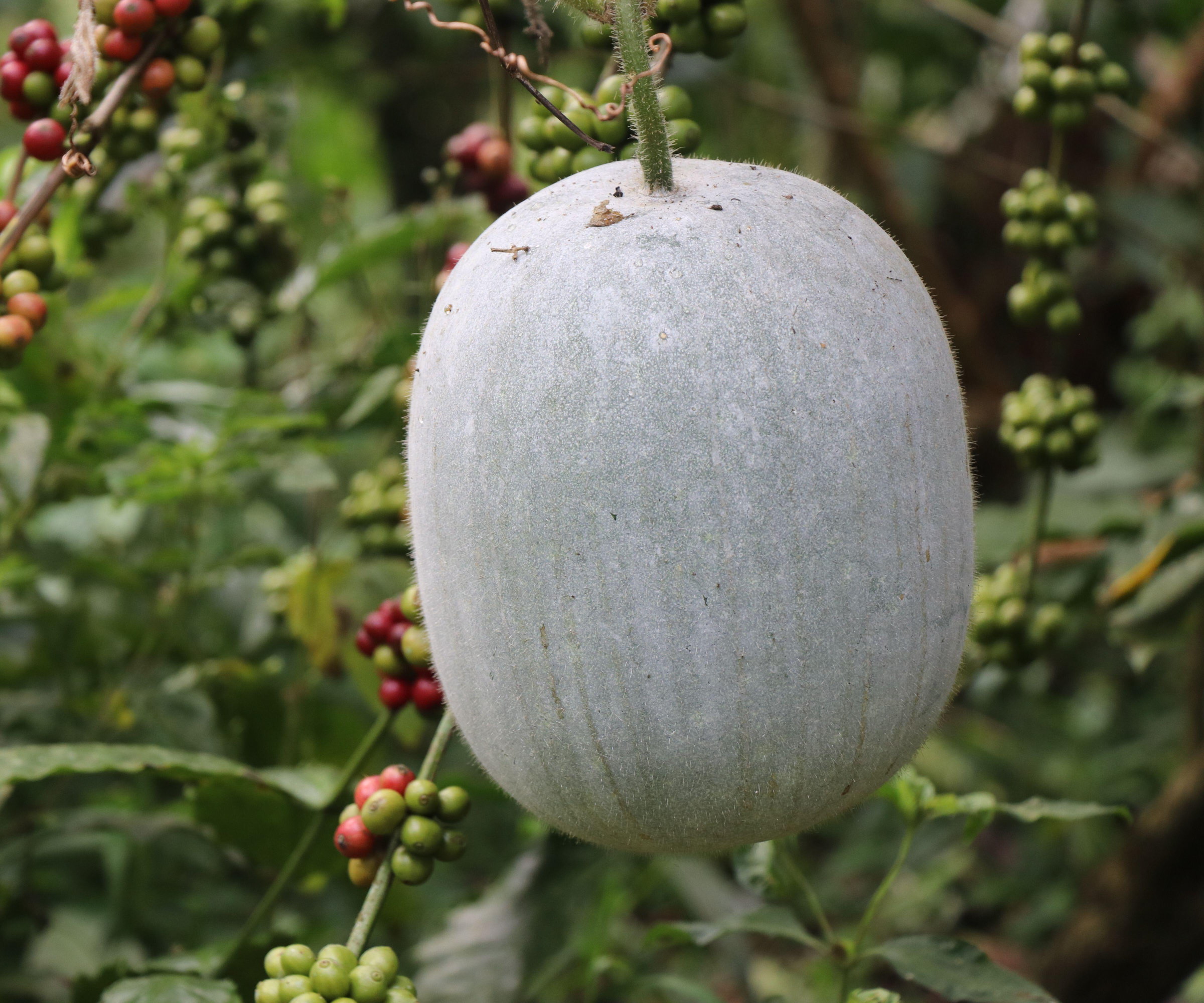
How to grow winter melon at home
This guide includes tips to help you throughout the winter melon growing season, from sowing the seeds to harvesting the fruits.
Winter melons grow on vines like when growing a watermelon and the fruits also resemble watermelons, but it has a mild taste more like a cucumber. The plants are part of the cucurbit family, along with cucumbers, melons, pumpkins, squash, and zucchini.
How to grow winter melon from seed
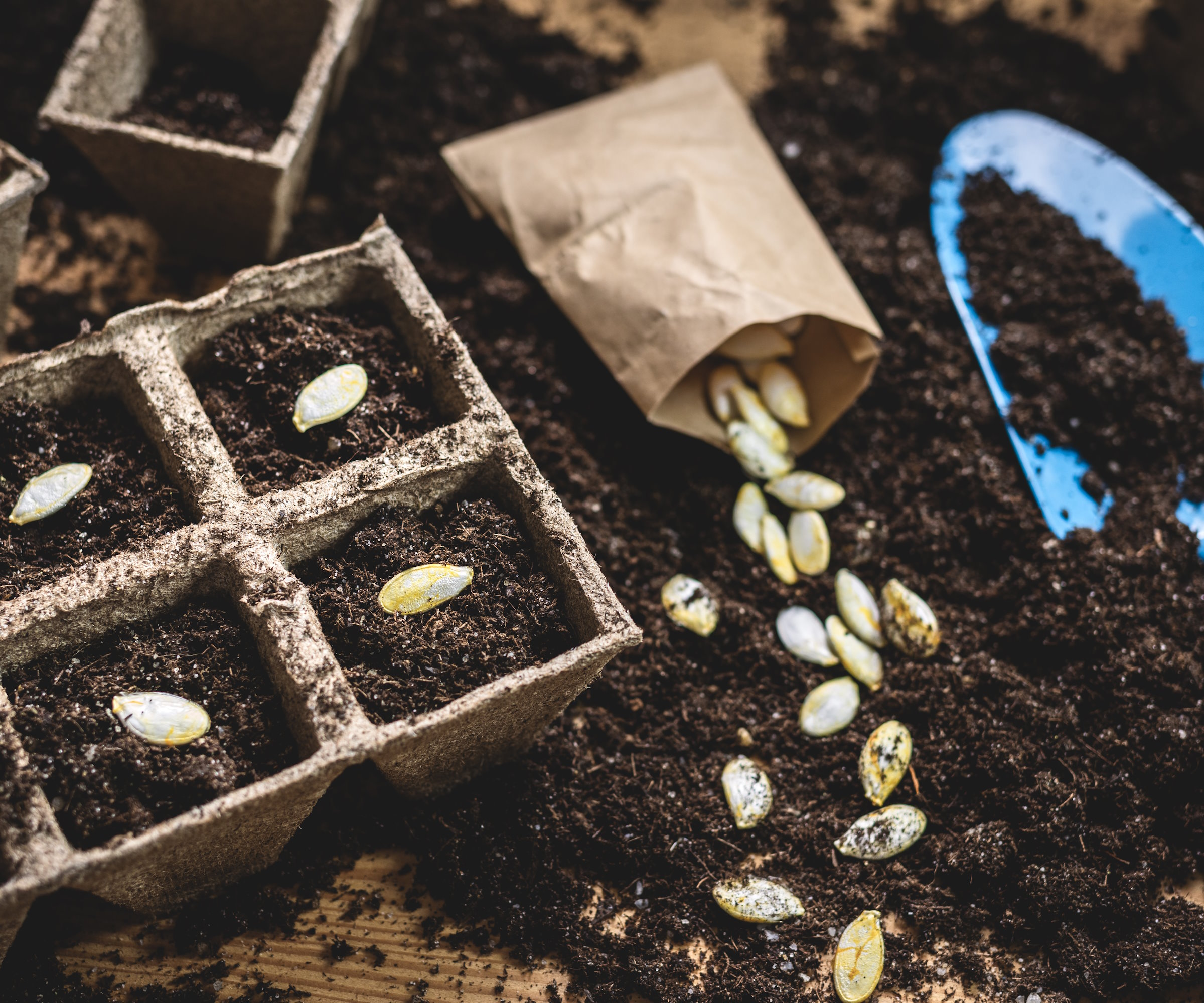
The winter melon growing season is long, which impacts where and when you plant winter melon seeds. To sow seeds outdoors directly into the vegetable garden, the soil temperature must be at least 60F early in spring for the seeds to germinate - making it a method only suited for hotter climates.
‘I live in the tropics and I can grow winter melons all year round. I do, however, recommend planting at the start of the year to maximise the growing time,’ says Olivia Choong. ‘For those living in cooler climates, sow the seeds in early spring indoors and transplant them outdoors after all danger of frost is over around mid-spring.’
Sow seeds indoors into individual pots filled with quality potting soil and germinate the seeds in a greenhouse or a warm windowsill at temperatures exceeding 60F. Keep the soil moist and the seeds should germinate quickly.
Transplant the seedlings into the vegetable garden after the soil temperature has reached the required level. You can check the temperature with a soil thermometer, available at Amazon.
A pack of open-pollinated, heirloom, non-GMO round winter melon wax gourd seeds. The crop is quickly gaining popularity due to its low carbohydrate content, and the growing interest in foods that are low-carb or keto-diet friendly.
How to plant winter melon
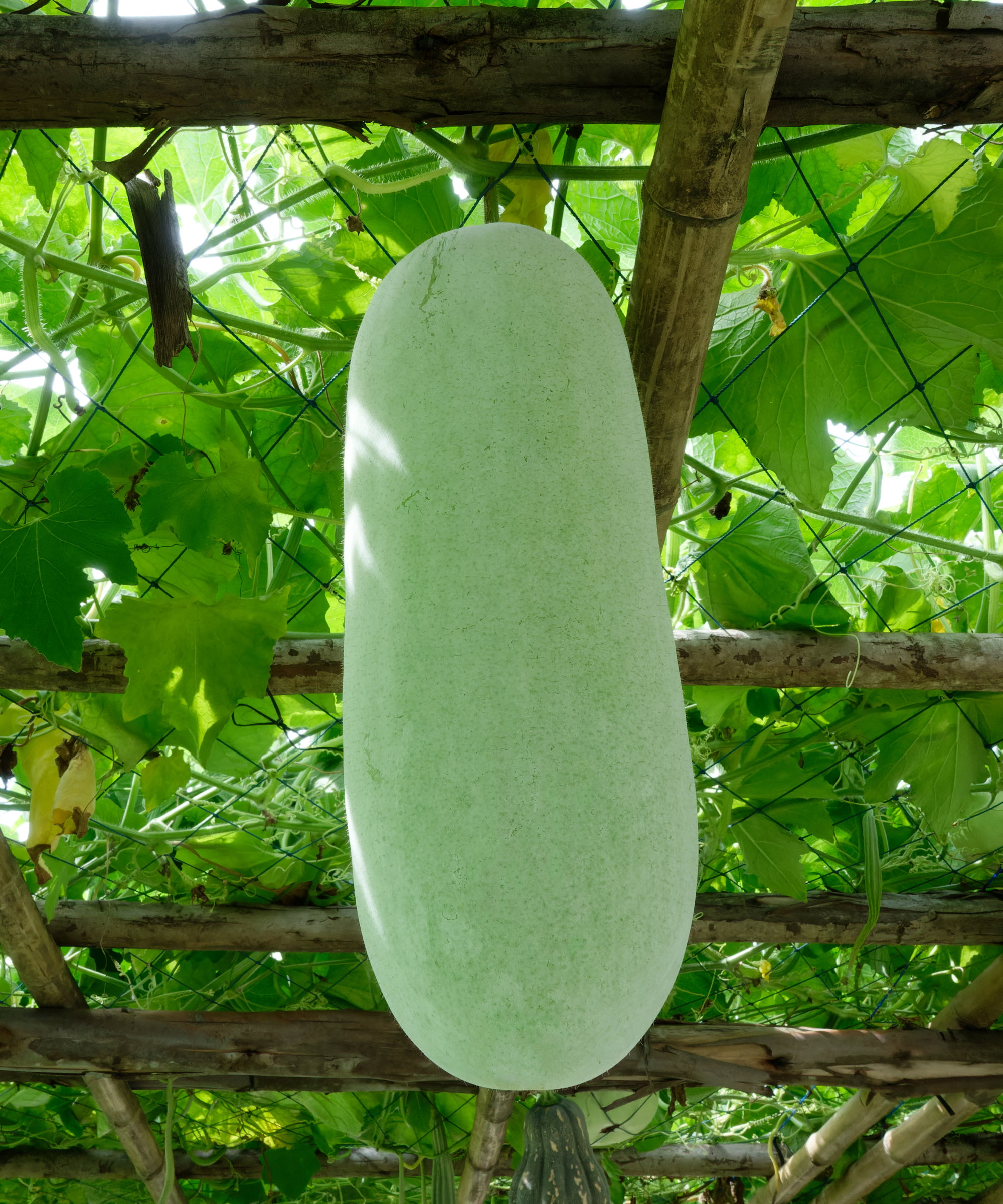
Given all that has been said about winter melons so far, it will come as no surprise that the plants need lots of sun and warmth throughout the growing season.
Plant winter melons in a spot that can provide as much sun as possible during the warmer months, in a soil type that is rich and well-draining. Adding organic matter, such as compost or well-rotted manure, can boost the fertility of the soil and provide nutrients to the winter melon plant to help grow its large vines and fruits.
‘The plant produces many leaves and requires either a large, sturdy trellis to grow on, or room to sprawl widely on the ground,’ advises Olivia.
The plants need space to grow and will spread around 4-6 feet in all directions. In most situations, it may be beneficial to let the plants sprawl unless you can give them a very sturdy vegetable garden trellis.
‘Fruits are heavy, so if you are planning to grow them on a trellis, make sure it is strong and can hold up. I used a lightweight aluminium trellis, and it crumpled under the weight of four fruits,’ Olivia admits.
How to care for winter melon plants
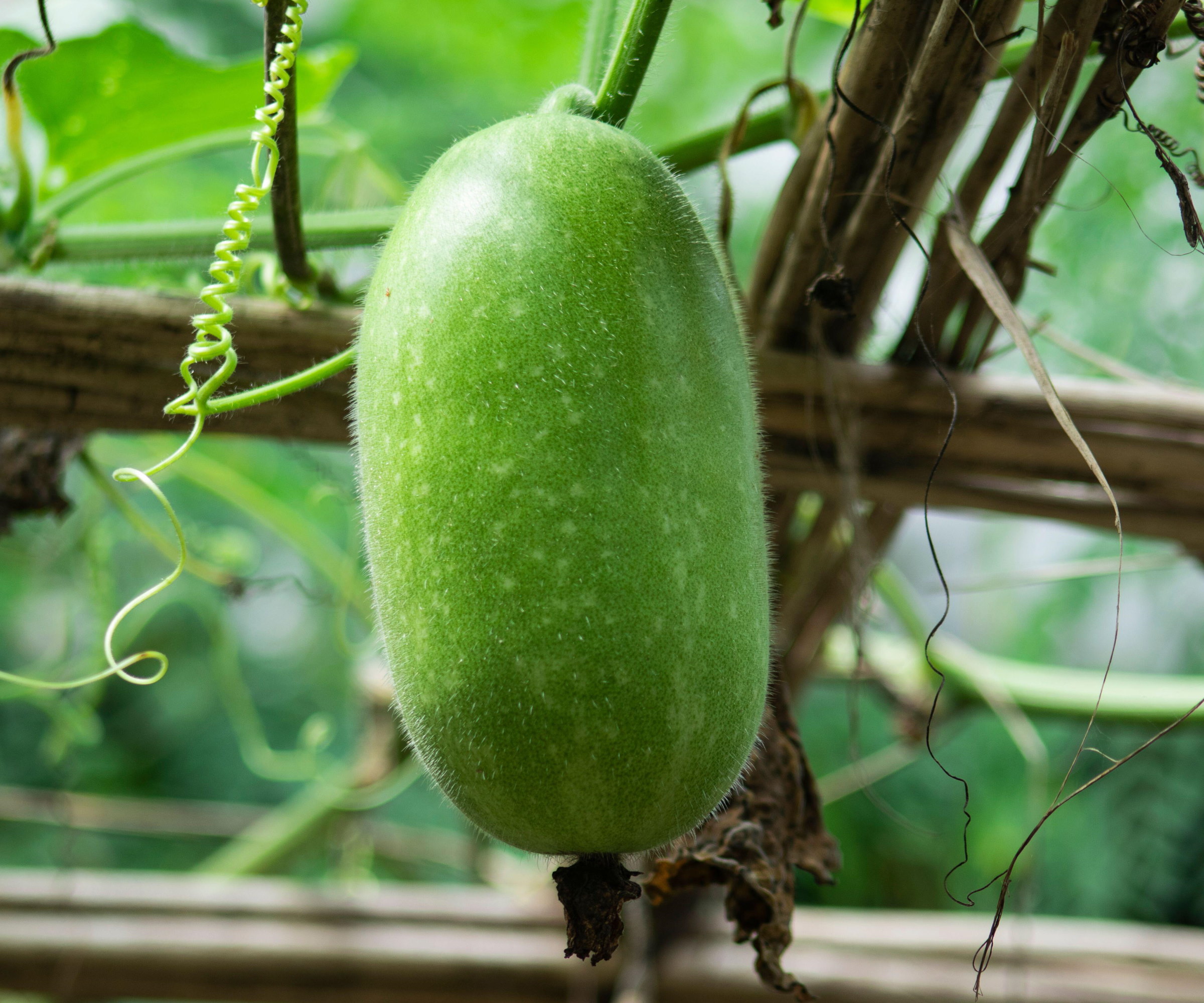
Plants are fairly simple to care for throughout the winter melon growing season. Keep plants watered regularly to get established and to keep the soil consistently moist in the summer warmth.
Olivia also recommends ‘fertilize well’ as it will help plants grow prolifically, adding: ‘The plant will appreciate phosphorus and potassium during the growing season as it is a heavy feeder.’
‘From experience, it does not require as much care as other cucurbits from a pest management standpoint,’ says Olivia. ‘I grow a variety that has thick skin and fine hair, and although there is occasional fruit damage from wildlife, it is negligible.’
‘The only issue I had early on was powdery leaf mildew, but it eventually went away with minimal intervention of removing some leaves,’ adds Olivia.
There are simple ways to get rid of powdery mildew on plants, including removing infected parts, spraying plants with a solution of one part milk to three parts water, or using organic fungicides, such as copper fungicide, available at Amazon.
A fertilizer with an NPK ratio of 10-30-20. The high levels of phosphorus and potassium encourages blooms - and more blooms can mean more fruit.
When and how to harvest winter melon
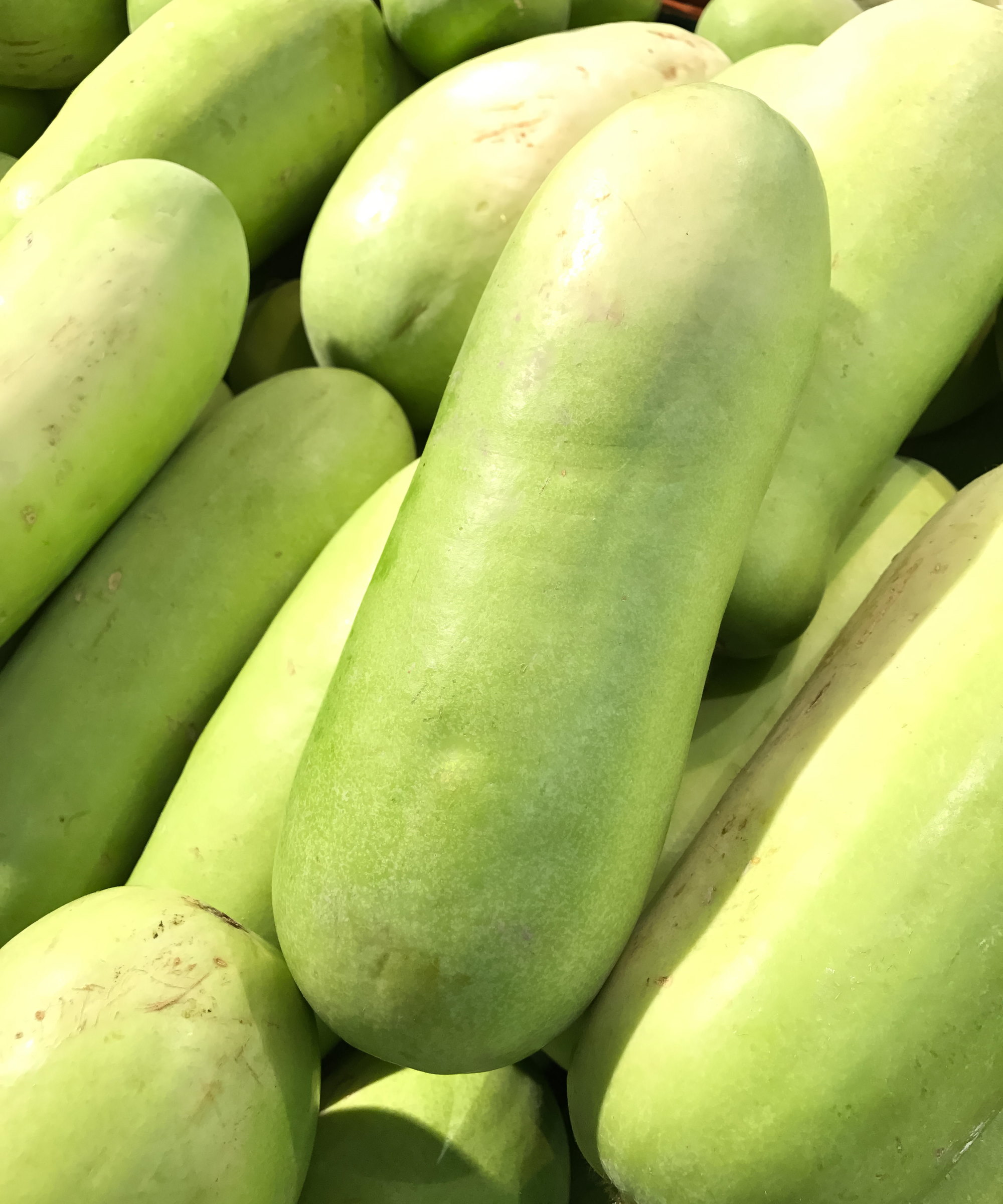
I previously mentioned the long growing season, so how long does it take to grow winter melon? It can take 110-140 days to go from sowing to harvesting, depending on the variety of winter squash and the weather conditions throughout the season.
Olivia says: ‘Depending on the variety grown, winter melons can be harvested as soon as three weeks from the time female flowers are pollinated, but they can certainly be left on the vine to fatten up and grow much larger.
‘Through one plant, I obtained more than 50 fruits, this was possible because I live in a tropical climate and the plant was able to produce over eight months.’
Immature winter melons are still edible, however, many growers let the fruits develop on the vine to reach full size. Fully mature winter melons can weigh between five and 40 pounds, depending on the cultivar, and should be left to mature completely on the vine.
The leaves turn yellow as winter melons mature and the stem connecting the fruit to the vine is brown and hard. A mature winter melon will also have a distinctive white waxy coating and a fully mature fruit can be stored for up to six months.
FAQs
Can you grow winter melon in pots?
You can grow winter melon in a container as part of a vegetable container garden. If you want to learn how to grow winter melon in pots, the key is to use large containers or grow bags at least 12 inches deep and wide. Fill the container with good potting soil for container gardening and transplant winter melon seedlings into the pot once the temperatures rise in spring. Check the soil regularly as watering plants in containers will be a regular task during the summer months.
Can I eat winter melon raw?
It is not recommended to eat winter melon raw. The skin and seeds need to be removed from the fruit and the flesh is quite hard. It is usually steamed, simmered, grilled, or parboiled to soften and add to dishes.
Other crops in the cucurbit family can also be stored for many months, including pumpkins and winter squash. Knowing how to store pumpkins and other cucurbits properly in dark and dry locations, such as a garage or shed, along with giving them adequate air circulation, means the fruits can be stored for up to six months. The potential storage life of any cucurbit will depend on the variety and the conditions in which they are stored.







